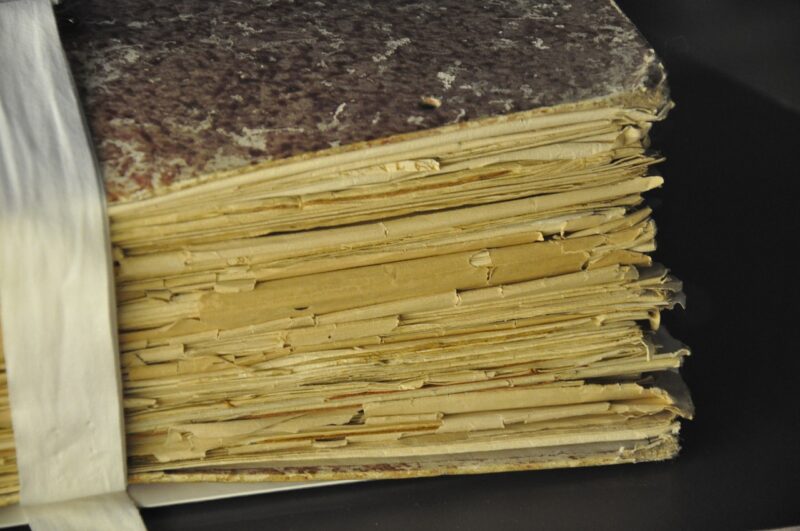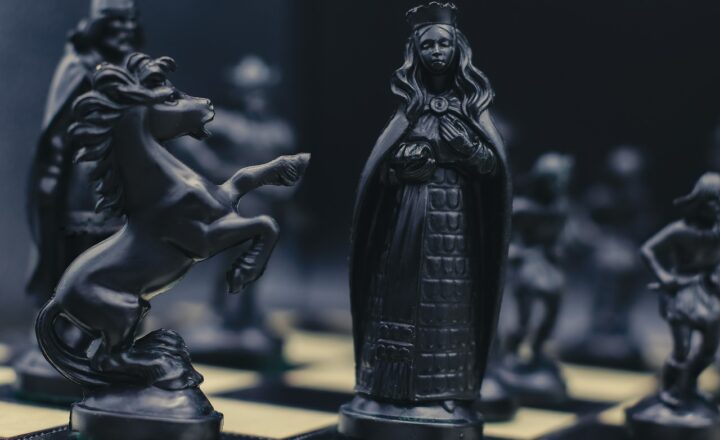Why Medieval Monks Created Beautiful Illuminated Manuscripts
November 15, 2024

The enchanting art of illuminated manuscripts has captured the imagination of many, weaving a tapestry that connects us to the medieval world. These beautifully decorated texts were not merely books; they were sacred objects, embodying the belief and devotion of the men who painstakingly crafted them. In this article, we’ll explore why medieval monks devoted their lives to creating these exquisite works of art, the techniques they employed, their social and religious significance, and why they remain relevant today.
### 1. The Birth of Illumination: Historical Context
In the early Middle Ages, after the fall of the Roman Empire, much of Europe experienced significant upheaval. The stability of the Roman world was replaced by fragmentation, leading to a reliance on monasteries as centers of learning and preservation of knowledge. As many classical texts were lost, monasteries became guardians of literature, history, philosophy, and religious teachings.
Illuminated manuscripts emerged around the 6th century AD, primarily within monastic communities. These manuscripts became not just texts but displays of skill and devotion. Monks were primarily responsible for copying, illustrating, and illuminating sacred texts, usually the Bible, but also liturgical and legal texts.
### 2. The Monastic Influence: The Role of Monks in Manuscript Creation
Monks were educated members of society, often trained in Latin, the scholarly language of the time. They dedicated their lives to their faith and found great significance in creating illuminated manuscripts as a form of worship. This act of writing and decorating was seen as a spiritual endeavor, a way to glorify God through their craftsmanship.
Monasteries such as those in Monte Cassino and Cluny led the way in the production of manuscripts. Each manuscript was a labor of love, taking countless hours to produce. The process involved several stages:
- Preparation of Materials: Monks would produce or procure high-quality vellum (animal skin) and use natural pigments made from plants, minerals, and even gold.
- Copying Text: The scribe would meticulously copy the text, often employing a system of abbreviations to save space and time.
- Illuminating the Manuscript: The artist would then add illustrations, embellishments, and gold leaf to create a visual program that complemented the text.
Each stage required patience, precision, and a deep commitment to the craft, transforming the act of copying into divine service.
### 3. The Aesthetic Appeal: Techniques and Materials Used
The beauty of illuminated manuscripts lies in their intricate designs and vibrant colors. These texts were often embellished with miniatures, ornate initials, borders, and decorative elements that told stories beyond the written word. The techniques and materials used by medieval monks contributed to the stunning artistry seen in these manuscripts:
- Gold Leaf: Gold was commonly applied to highlight key passages or decorate borders, giving the manuscripts a radiant quality. The gold leaf was hammered into thin sheets and carefully adhered to the manuscript using a special glue, creating a stunning contrast with the pigments.
- Natural Pigments: Monks derived pigments from minerals, plants, and even insects. For instance, blue was often created using lapis lazuli, while red could come from crushed cochineal insects. The use of these colors not only beautified the manuscripts but also imbued them with symbolic meaning.
- Calligraphy Styles: Various styles of handwriting emerged over the centuries, including the elegant Gothic script, which enhanced the overall aesthetic and legibility of the texts.
The combination of these techniques resulted in manuscripts that were not simply books but treasures that represented the pinnacle of artistic achievement during the Middle Ages.
### 4. The Religious Significance: More Than Just Books
Illuminated manuscripts were deeply intertwined with religious and spiritual life. They were not merely tools for education; they served as vehicles for devotion. Each manuscript was considered sacred, and the act of creating one was seen as a form of prayer.
The textual content of these manuscripts was almost exclusively religious. They included:
- Bibles: The most important text, meticulously copied and decorated to reflect its significance.
- Psalters: Books of Psalms used in daily prayers and services.
- Books of Hours: Personal prayer books that allowed laypeople to engage in private devotion.
The emotions embedded within these manuscripts mirrored the faith and struggles of the monks who created them. Each page was not merely ink on vellum; it was a testament to their belief, their lamentations, and their joy.
### 5. Legacy and Influence: Illuminated Manuscripts Today
The legacy of illuminated manuscripts extends far beyond their initial creation. These works have influenced a wide range of artistic styles and practices throughout the centuries. In modern times, illuminated manuscripts are highly regarded in both academic and artistic circles. They offer a glimpse into the past, revealing the thoughts, prayers, and emotions of individuals living in a vastly different world.
Museums around the world house collections of illuminated manuscripts, drawing scholars, students, and enthusiasts who seek to understand the artistry and technique involved in their creation. Additionally, the revival of calligraphy and manuscript illumination in the contemporary art world has sparked renewed interest in this age-old practice.
Illuminated manuscripts also play a significant role in preserving heritage. Digital humanities projects aim to digitize these delicate texts, making them accessible to broader audiences. By preserving them digitally, we ensure that future generations can engage with this fascinating history.
### Conclusion
The illuminated manuscript stands as a testament to the devotion, creativity, and artistic skill of medieval monks. These treasures of the past not only reflect the spiritual inclinations of their creators but also symbolize a rich tradition of storytelling and craftsmanship.
Today, as we marvel at these exquisite works of art, we are reminded of the power of faith, the pursuit of beauty, and the enduring legacy of human creativity. The next time you have the chance to examine an illuminated manuscript, take a moment to appreciate not just the craftsmanship that went into it, but the centuries of history that each page represents.








